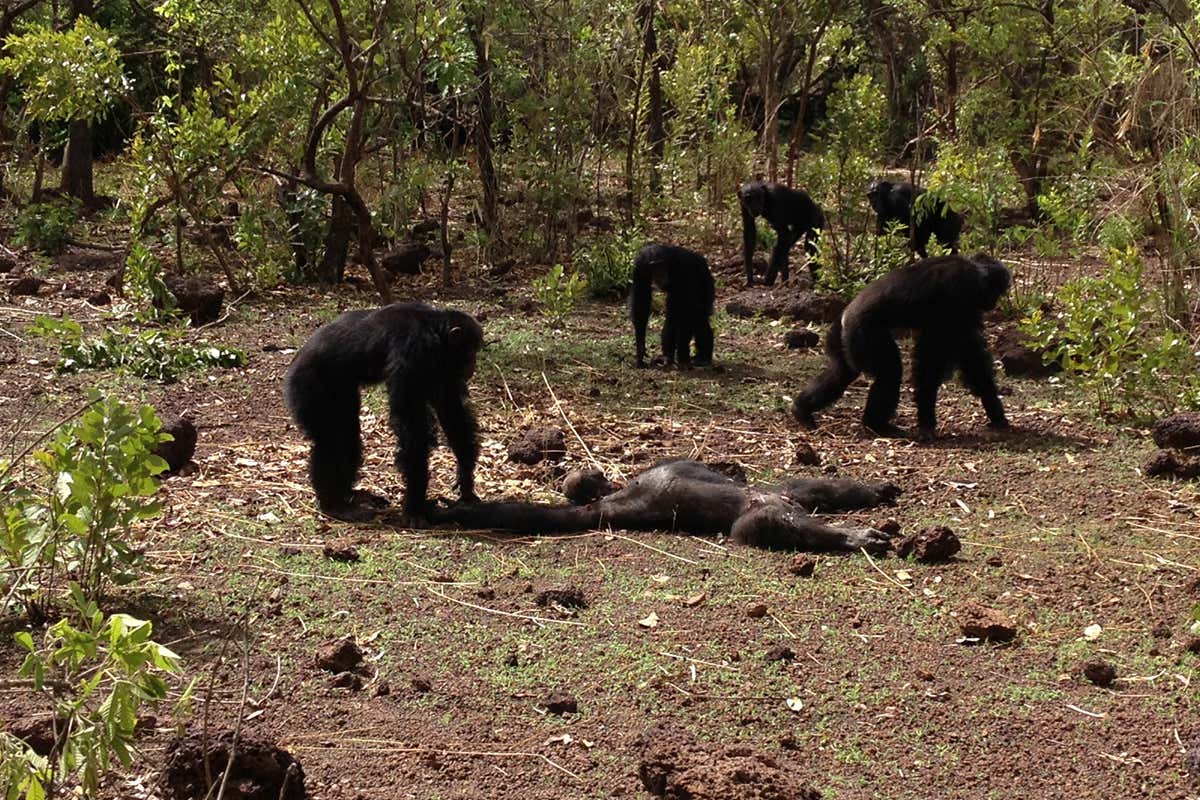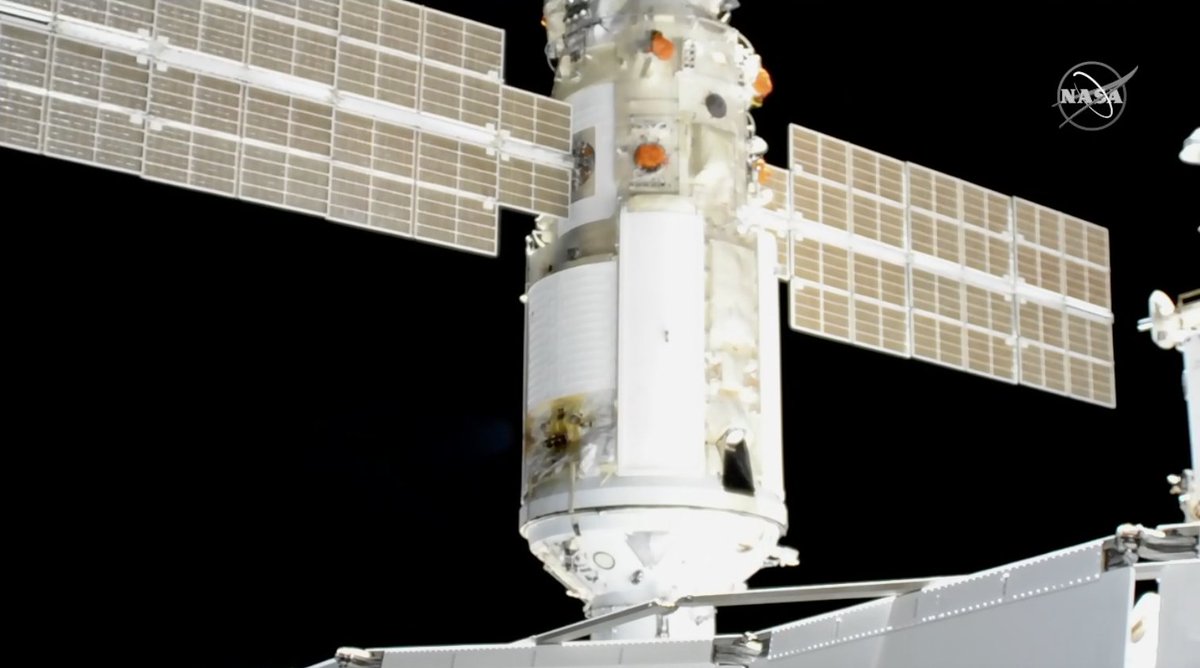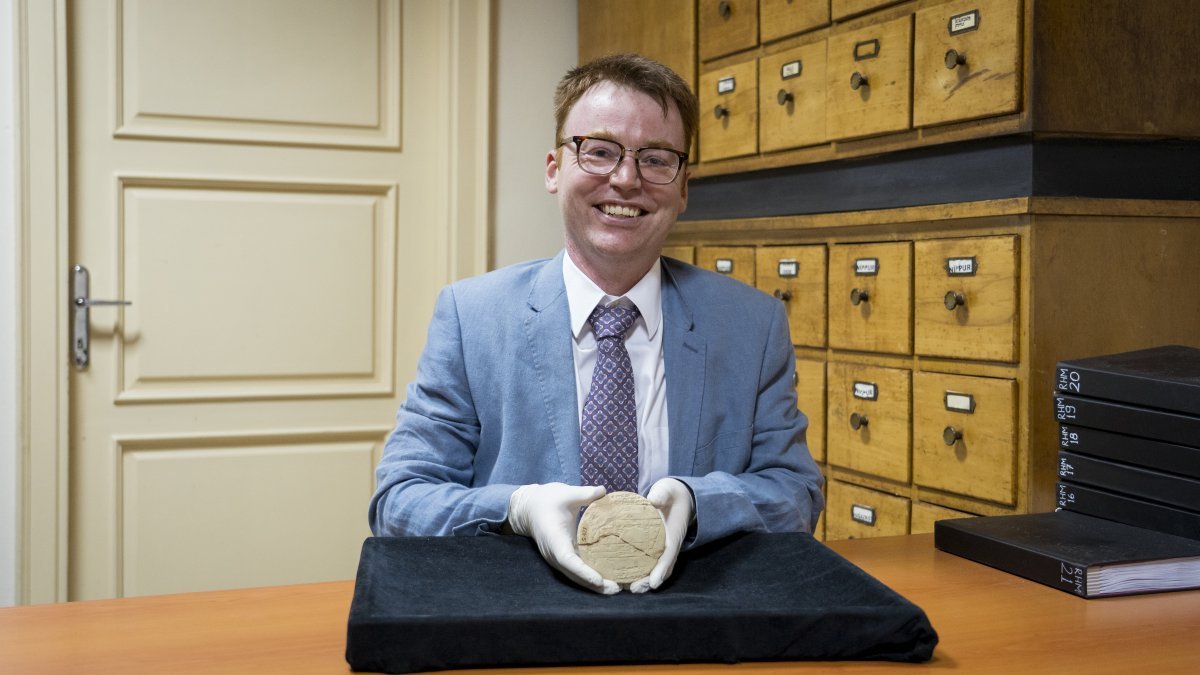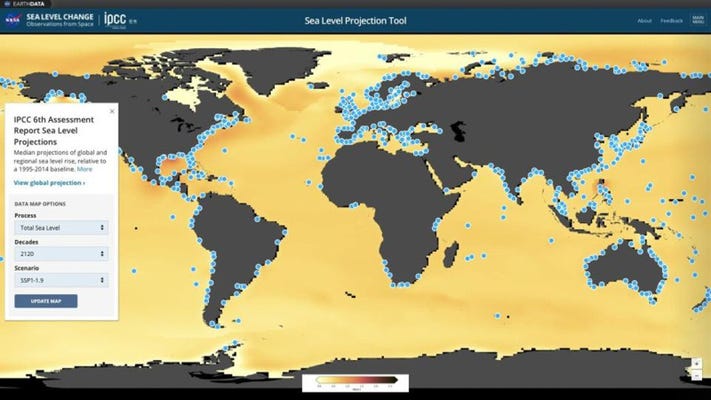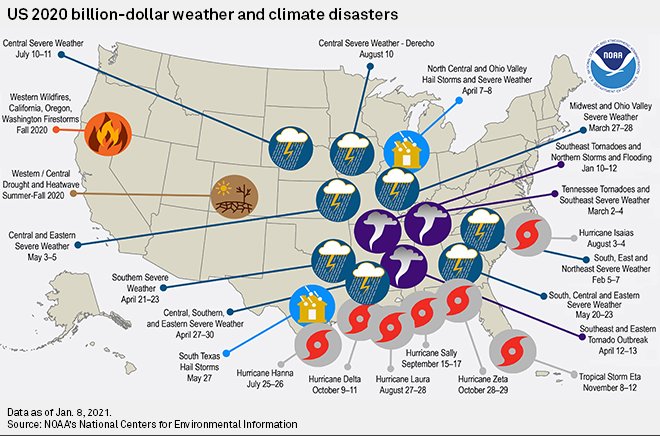Today’s post is going to be a bit out of the ordinary since it really doesn’t have anything to do with either science or science fiction. Over the last weekend, September 10-12, I attended the 80th National Folk Festival that was held in the city of Salisbury, Maryland. I just thought this might be a nice chance to discuss, not just the National Folk Festival itself but small, independent entertainment venues in general.

Founded in 1934 in St. Louis by the folklorist Sarah Gertrude Knott The National Folk Festival is the oldest traditional arts festival in the United States. Over the years the festival has played an important role in preserving and promoting such local folk musical styles as the Blues, Cajun music, Tex-Mex Conjunto, Sacred Harp and even Blue Grass. So popular has the National Folk Festival become that it has even spun off several similar venues such as the American Folk Festival, the Lowell Folk Festival, the Richmond Folk Festival and Montana Folk Festival.

Over the years the National Folk Festival has appeared in 26 different communities across the US and as I mentioned this year’s Festival was held in Salisbury, Maryland, a city with a population of about 35,000 people situated in the middle of the Delmarva Peninsula on the east side of Chesapeake Bay. This is the third time in the last four years that the Festival has taken place in Salisbury and it would have been four years straight except that last year the Festival had to be canceled due to the Covid-19 pandemic. In fact even at this year’s festival most of the people attending were wearing masks, vaccinated or not.


A city like Salisbury is just the right size for the Folk Festival, the city and surrounding area are big enough to guarantee good crowd but small enough so that the Festival is a important event that deserves and receives both community and government support. In preparation for the festival Salisbury closed off a significant portion of its downtown area to traffic in order to provide space for the three stages where the musical acts performed while the area between the stages was filled with both food and folk art vendors. And while the downtown area may have been closed to cars many of the shops and restaurants remained open to service the crowd attending the festival.

The festival began on the evening of Friday September 10th and ran all day Saturday the 11th and most of Sunday the 12th. My family and I went on Saturday, arriving early in order to have lunch before the music started and staying for dinner. The weather on Saturday was perfect, bright sunshine with a temperature around 25ºC and low humidity just right for an afternoon outdoors.

The first act we saw was a Tejano conjunto fiddle trio from southern Texas who performed music traditional to both sides of the Rio Grande in northern Mexico and southern Texas. Up next was a band playing Cajun music called the Savoy Family. The highlight of the show was of course the Irish American All-Stars who had the biggest audience of any of the acts we saw. After all the Irish are such fun people that everybody loves them, except the English.


The Irish musicians were followed by an interesting group called the Sri Lankan Dance Academy of New York who performed traditional dances from their country. The final act we saw was actually a musical workshop that included members from several of the bands. Although the music was good I have to admit that I had some difficulty in following the discussion parts.

All in all the festival was a great way to spend a beautiful fall day. Good music, good food and just getting out and about after months of trying to avoid crowds because of the pandemic. And the best news is that Salisbury has already been selected to host next year’s festival.

Now, without getting too political, a lot has been said in recent years about how too much of the entertainment in this country is controlled by too few big corporations like Disney, Comcast, Fox or Viacom. If you’re one of the people who think that way then maybe you need to look a little harder for some entertainment venues like the National Folk Festival.

Think about it, there are thousands of nightclubs and restaurants that have small musical groups performing. Wineries often have tasting evenings that feature live music. Here in Philadelphia our Museum of Art even has Friday night music events featuring local groups ranging from a Jazz trio to a string quartet. Of course you could also attend a bigger, better produced show like a Broadway Musical or even the Philadelphia Orchestra.

Of course live entertainment does have one drawback when compared to canned TV shows, you have to sit through the setup or between act parts where nothing happens. On TV the producers edit out all those boring parts so you never see them, that way you’re entertained all the time. And for most of us, when we settle down at night after work we don’t want to have to look for entertainment, we just want to press a button and be entertained.

Still. we all know that there are plenty of live entertainment events out there just begging for us to come and join in the fun. So let’s be honest, if Disney and Comcast control too much of what you watch it’s because you want them too!












































